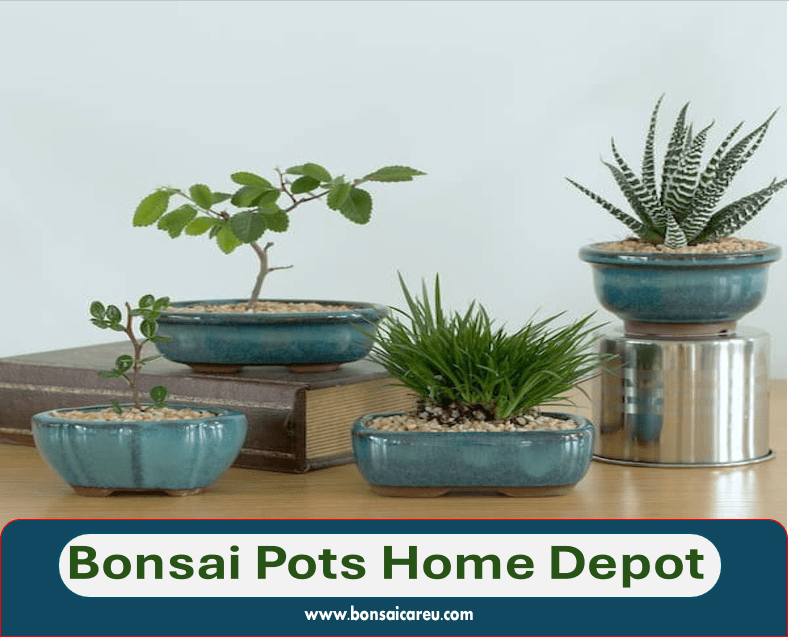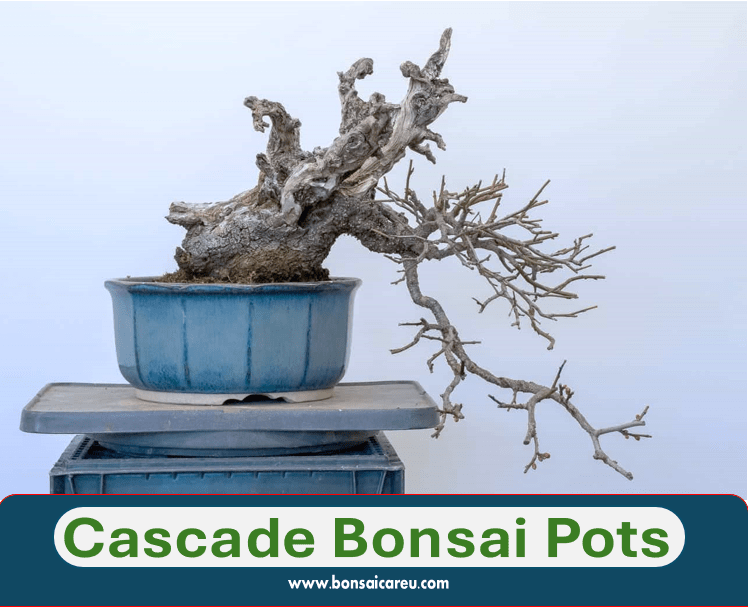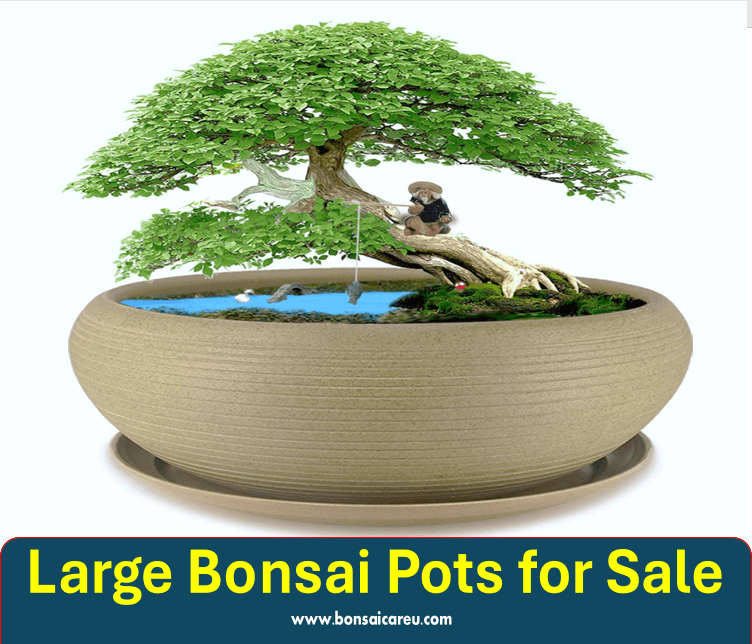Why are Bonsai Pots So Expensive? Bonsai pots are expensive because of the time and effort invested in their creation. Handmade pots from the famous Japanese potter village Tokoname are the most expensive due to their high quality and beauty, as well as their use for valuable exhibition bonsai in Japan and Europe.
The bonsai market is relatively small compared to other plants, resulting in a limited supply and higher prices. However, plastic training pots or simple flower bowls with drainage holes can be a cheaper alternative for those just starting with bonsai training.
We will explore the reasons behind the high cost of bonsai pots and provide some budget-friendly options for beginners.
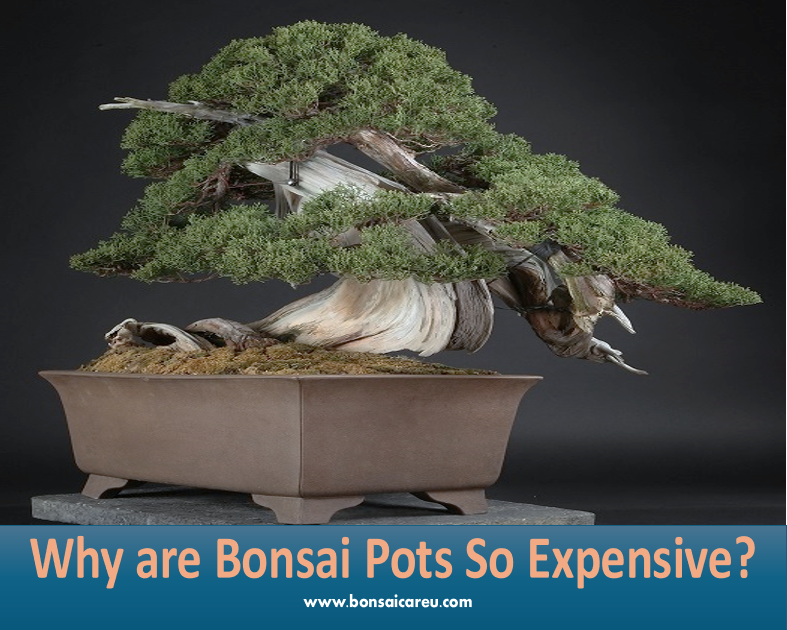
Factors Affecting Bonsai Pot Prices
Bonsai pots are available at a range of prices, and several factors contribute to their cost. Understanding these factors can help bonsai enthusiasts make informed decisions when purchasing pots for their beloved trees.
Material Used
Bonsai pots can be made from various materials such as clay, ceramic, and even rare antique pots. The material used significantly affects the price of a bonsai pot. Handcrafted pots, especially those made from high-quality clay or ceramic, are more expensive due to the craftsmanship and material cost involved. Antique or rare pots can command a hefty price tag due to their scarcity and historical value.
Size Of The Pot
The size of the pot is another crucial factor influencing the price of a bonsai pot. Larger pots, often used for more mature trees, are typically more expensive due to their production’s increased material and firing costs. Smaller pots, on the other hand, maybe more affordable, but their price can still vary depending on the intricacy of the design and the quality of the material used.
Craftsmanship Involved
The level of craftsmanship in creating a bonsai pot plays a significant role in determining its price. Handcrafted pots that exhibit intricate designs, unique glazing techniques, and meticulous attention to detail are generally more expensive. The time and skill required to produce these pots contribute to their higher cost, making them prized possessions for bonsai enthusiasts who appreciate the artistry and quality of the pots.
Significance Of Handmade Bonsai Pots
Handmade bonsai pots are prized for their intricate designs and artistic value. Crafted with precision and care, each pot is a unique piece of art that complements the beauty of the bonsai tree it holds.
Handmade bonsai pots are cherished for their rarity and individuality. Each pot is one-of-a-kind, adding a touch of exclusivity to the overall presentation of the bonsai tree.
Cultural Influence On Bonsai Pot Pricing
The pricing of bonsai pots is influenced by cultural factors, such as the artistry and craftsmanship involved in creating them, especially in traditional Japanese and Chinese pottery. The intricate designs and meticulous detailing contribute to the high cost of these pots, reflecting the value placed on the art form within the bonsai community.
Japanese Vs. Western Pots
Bonsai pots from Japan are highly sought after due to their craftsmanship and cultural significance. Japanese artisans meticulously create these pots, reflecting traditional techniques and aesthetics.
Traditional Vs. Modern Designs
Traditional bonsai pots embody centuries-old Japanese craftsmanship with intricate patterns and earthy tones. In contrast, modern designs offer sleek, minimalist aesthetics appealing to contemporary bonsai enthusiasts.
Market Dynamics Of Bonsai Pots
Bonsai pots are highly valued for their craftsmanship, aesthetic appeal, and functionality, but their high price tags often leave enthusiasts wondering why they are so expensive. The market dynamics of bonsai pots shed light on the factors that contribute to their premium pricing.
Limited Demand
The niche nature of the bonsai market results in limited demand for bonsai pots. Compared to the mass appeal of traditional gardening, the number of individuals actively engaged in bonsai cultivation is relatively small. As a result, the production volume of bonsai pots is lower, leading to higher manufacturing costs per unit.
Impact On Pricing
The limited demand for bonsai pots has a direct impact on their pricing. With a smaller customer base, manufacturers have to allocate higher production costs across a reduced number of units, driving up the overall cost of each pot. Additionally, bonsai pots’ intricate designs and specialized features further contribute to their premium pricing.
Alternative Options For Bonsai Pots
Creating your bonsai pots can be a cost-effective and creative alternative. Use clay or cement to mold unique pots that suit your bonsai tree.
For those looking to save on costs, consider these budget-friendly options:
- Plastic training pots
- Simple flower bowls with drainage holes
- Containers found in most homes
These alternatives can serve the purpose of housing your bonsai tree effectively without breaking the bank.
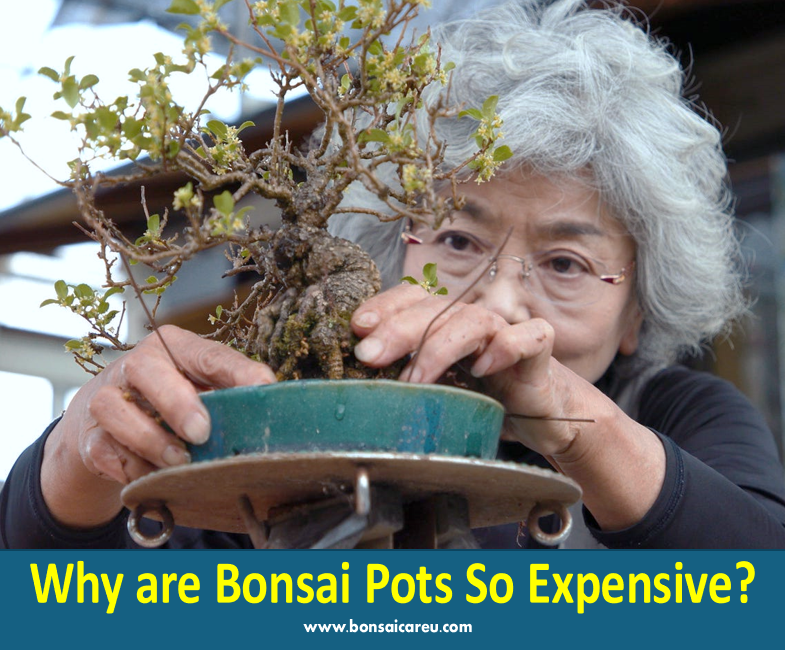
Frequently Asked Questions
What Is The Cheapest Alternative To Bonsai Pots?
For beginners in Bonsai training, plastic training pots or simple flower bowls with drainage holes are good alternatives to expensive Bonsai pots. The price of Bonsai depends on the time invested in growing the tree, with a thick trunk and tapering being more expensive.
Handmade pots from Tokoname are beautiful and high quality but expensive.
Why Is A Bonsai Plant Expensive?
Bonsai plants are expensive due to the time invested in their growth, especially those with a thick trunk and tapering. Additionally, hand-made pots from places like Tokoname are high-quality and diverse, driving up costs. Larger pots also require more material, increasing their price.
What Is The Rule For Bonsai Pots?
Bonsai pots should have drainage and wiring holes. Due to their craftsmanship and quality, handmade Japanese pots can be expensive.
Are Bonsai Pots Necessary?
Yes, bonsai pots are necessary for growing bonsai trees as they provide the proper drainage and support required for their growth. While plastic training pots or simple flower bowls can be used for trees in the beginning stages of training, investing in high-quality bonsai pots can improve the tree’s health and aesthetic appeal.
The cost of bonsai pots can vary depending on the material, size, and craftsmanship. Handmade pots from the famous Japanese potter village Tokoname are beautiful and high-quality, but they can be expensive.
Why Do Bonsai Pots Cost So Much?
Bonsai pots require skilled craftsmanship and high-quality materials, contributing to their cost.
What Makes Bonsai Pots Expensive?
The intricacy of design, quality materials, and craftsmanship make bonsai pots expensive.
Conclusion
Size, materials, and craftsmanship influence the cost of bonsai pots. Handmade pots from places like Tokoname are unique and of high quality. The investment in time and skill required for bonsai trees also contributes to their price. Understanding these factors can help appreciate the value of bonsai pots.
